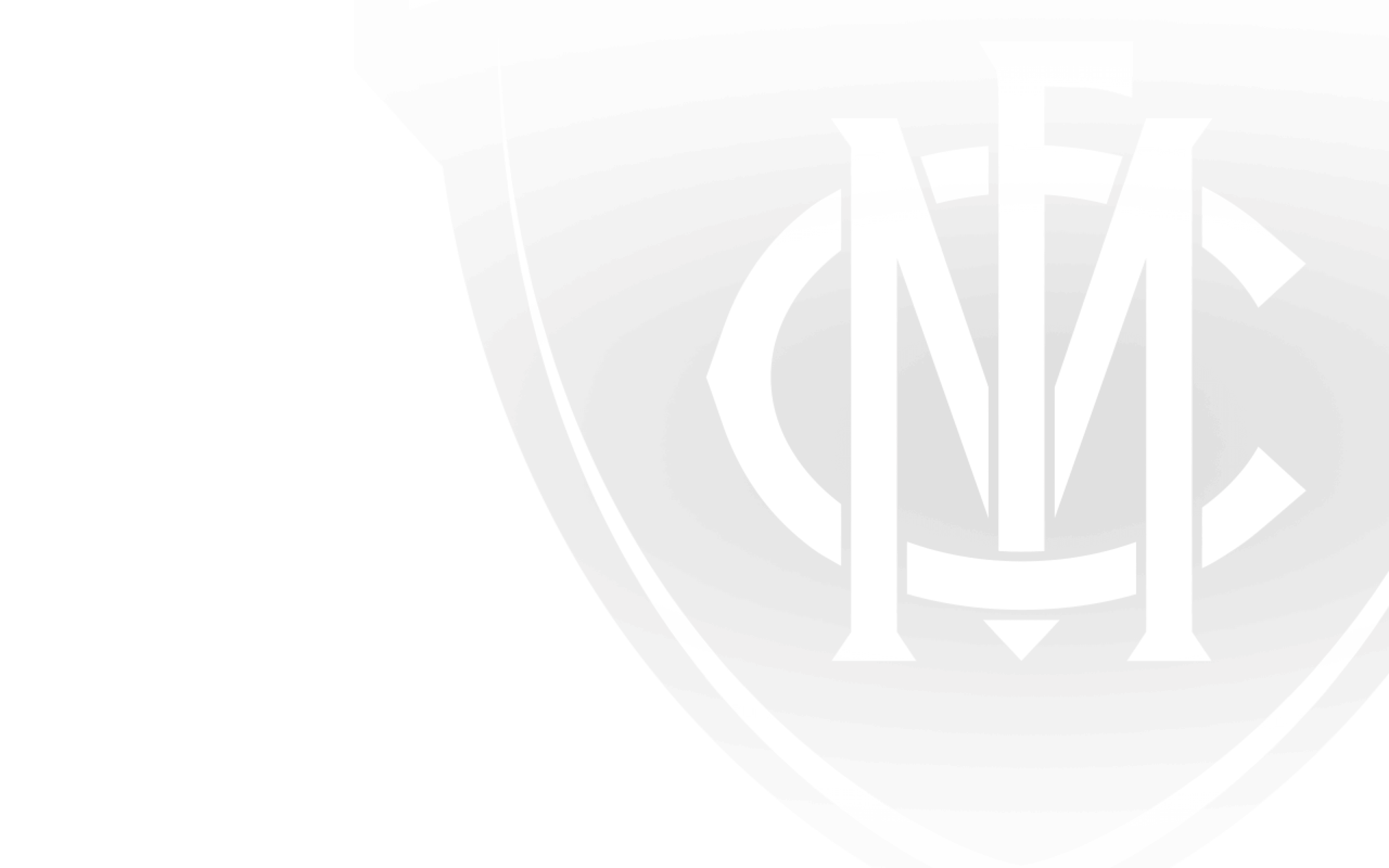MELBOURNE will wear its Indigenous jumper on the MCG for the first time when it hosts Port Adelaide at the MCG on Saturday.
The club’s current Indigenous guernsey, which was first worn in 2016, was designed by Wurundjeri artist Mandy Nicholson in consultation with players Neville Jetta, Jeff Garlett and Jay Kennedy-Harris.
The jumper represents and acknowledges the Wurundjeri people and its timeline and connection to the traditional lands (MCG and Yarra Park) and Birrarung (Yarra River).
Jetta said it was significant that Melbourne was wearing the guernsey at the home of football.
“Wearing the jumper at the MCG for the first time is pretty special. I remember speaking to [chief executive] Peter Jackson last year and he said ‘what’s the next step’?’” he told Melbourne TV.
“I said the first step was to wear the jumper at home – it represents Melbourne and the artwork depicts the land that the MCG is on and the people that walked here many years ago.
“I’m looking forward to running out on the MCG and having that proud, special moment – all of the boys will. To represent what the jumper means in front of its traditional owners [is special].”
The Aboriginal Flag and Torres Strait Islander Flag feature on the right hand side of the player issue guernseys, with the Recognise logo on the left. The names of every Indigenous player to have represented Melbourne are featured on the sides of the guernsey.
Melbourne Indigenous jumper background
Front of guernsey
This design shows the wangim in flight mode depicting speed and fitness, connecting this to the attributes of the original game of Marngrook and the modern game of AFL. The wangim are embedded into the Birrarung (Yarra-river of mists) to show the connection to the Traditional Custodians of Melbourne, the Wurundjeri people. We are fresh water people as the Birrarung runs right through the middle of our Country, from the ngurrak (mountains) to the warinj (sea). It also honours the original course of the Birrarung before it was straightened and how it used to flow strong and cleanse the area by flooding annually. The small pathways seen throughout the river are the paths of our ancestor’s gurrong (canoes). These gurrong have travelled the waterways of Melbourne either for day to day life, but also represent the many visitors that come for large traditional gatherings such as the Tanderrum. This ceremony happens just over the Barak Bridge from the MCG. This traditional practise has been reignited since 2013 and is an annual event where the mobs of the Kulin come together to share and dance. These paths created by the many gurrong (canoes) are strong and will always be there. The 4 wangim also honour our ancestors from the north, south, east and west.
Back of guernsey
This design honours one of most respected Ngurungaeta (leaders), Beruk (William Barak). He has left an enormous legacy for his descendants by helping record our language Woi wurrung, the many stories of creation he shared, and his paintings predict traditional ceremony, which have all survived the colonial attempts to destroy our culture. The carved design is from one of his original shields and also connects to the fact that there are scar trees still remaining in the MCG carpark area. Scars are caused for the creation of gayaam (shields), gurrong (canoes), wilam (bark for huts). The Dreaming Track on the shoulder shows the many paths travelled by our ancestors across the generations. It also honours the fact that Beruk and a number of men walked from Healesville to Melbourne several times to ask for better conditions for his people at Coranderrk Station. The Dreaming Track on the waist is the Birrarung (Yarra = river of mist), such a strong symbol for our people, our connection to this river isn’t simply physical, but spiritual and emotional. Our creation stories that Berak has handed down explain how this river came to be.


